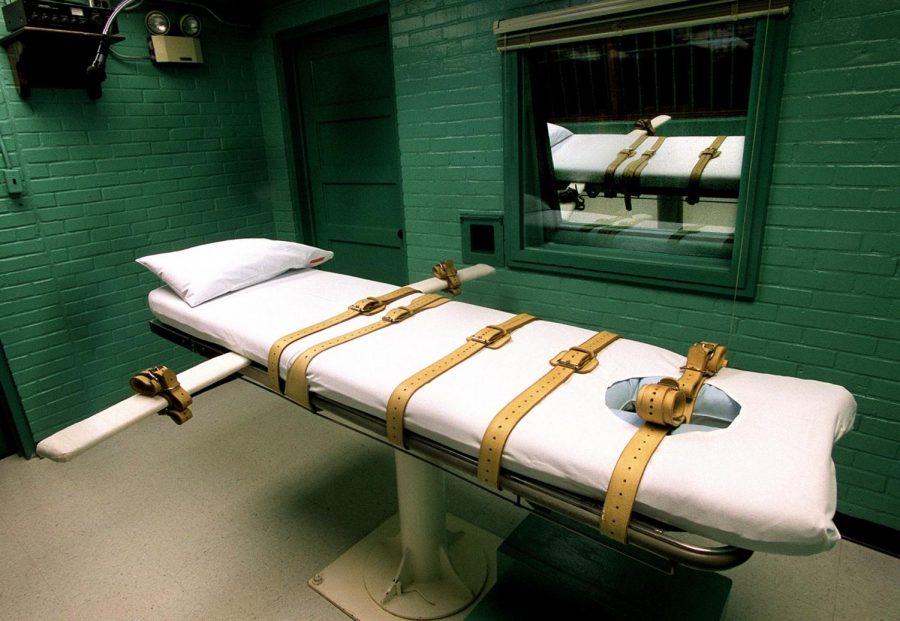As Florida Renews Executions, the Debate Ramps Up
On Wednesday, Nov. 8, the state of Florida executed death row inmate Patrick Hannon (53) via lethal injection for his involvement in the 1991 murder of two men. Hannon’s execution was the third to be carried out in Florida since August when the state made changes to it death penalty sentencing law after the Supreme Court had ruled its old sentencing law unconstitutional.
With each execution carried out in Florida and in the other 30 states that still have the death penalty (as does the federal government) comes the debate over whether or not imposing a life-ending sentence is a constitutional, merited policy that should still be in use.
Arguments concerning the death penalty often stem from the thoughts of many that it is unlawful to subjugate people to death. The Eighth Amendment to the United States Constitution protects its citizens from cruel and unusual punishment. But is the standard death penalty practice of lethal injection cruel or unusual?
On average, a lethal injection should take about 10 minutes to fully carry out its purpose, and those who are executed are given a decent dose of painkillers and sedatives, which to some is a reasonable process.
However, this magic 10 minutes is only an average; the execution of Joseph Rudolf Wood in July of 2014 at Florence Prison in Arizona went terribly awry as he suffered through a painful two-hour process of being put to death. Wood received nearly fifteen times the amount of medication normally given to a death row prisoner and was reported to have gasped on the table 600 times before finally being put out of his misery.
Others cases have been reported in which executions were not carried out properly, causing many to believe that the death penalty is in fact a violation of the Eighth Amendment, while others see the prisoner’s pain as no greater than that of their victims.
One tremendous aspect of the debate over the death penalty is that too often some of those executed are discovered to have been innocent after their deaths. According to deathpenaltyinfo.org, there have been 14 people executed since 1976 that were posthumously proven innocent and another 144 death row inmates have been exonerated and released since 1973.
Another concern is that of the actual effectiveness the death penalty has in deterring crime. Based on a study done by Stanford Law, there is absolutely no correlation between states that still allow the death penalty and the number of heinous crimes committed in those states. Hundreds of other research projects have been launched to see if there are any differing results, yet all but a few spurious studies have come up empty handed.
Justice Thurgood Marshall, who sat on the Supreme Court from 1967 through 1991, stated, “In light of the massive amount of evidence before us, I see no alternative but to conclude that capital punishment cannot be justified on the basis of its deterrent effect” during the Furman vs. Georgia case of 1972.
Then comes the issue of cost. All 31 states that still utilize the death penalty are reported to spend a tremendous amount of unbudgeted money to keep prisoners on death row and eventually executing them. According to a Palm Beach Post estimate, the state of Florida could save approximately $51 million a year if it chose to punish all first-degree murderers with life without parole instead of execution.
To some, this number seems outrageous and puts into perspective the amount of money that goes into fighting the seemingly endless appeals death row inmates file. But to others, this is a necessary cost for the betterment of society.
The question of whether or not the death penalty is an adequate, socially acceptable form of punishment is certainly not black and white, but one thing is certain: the debate is certain to rage on for years to come as there seems to be no common ground for the two opposing sides on the issue.















